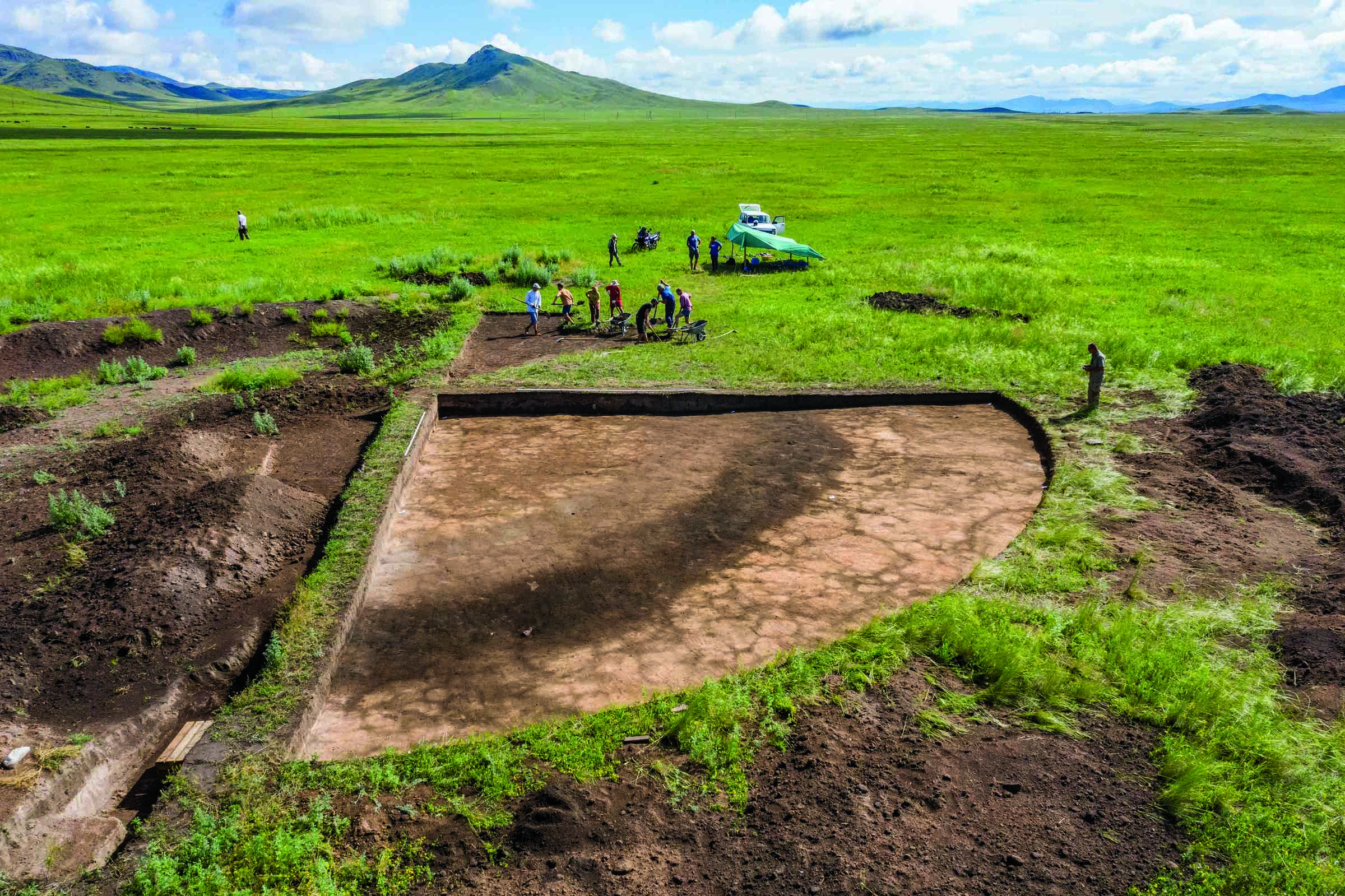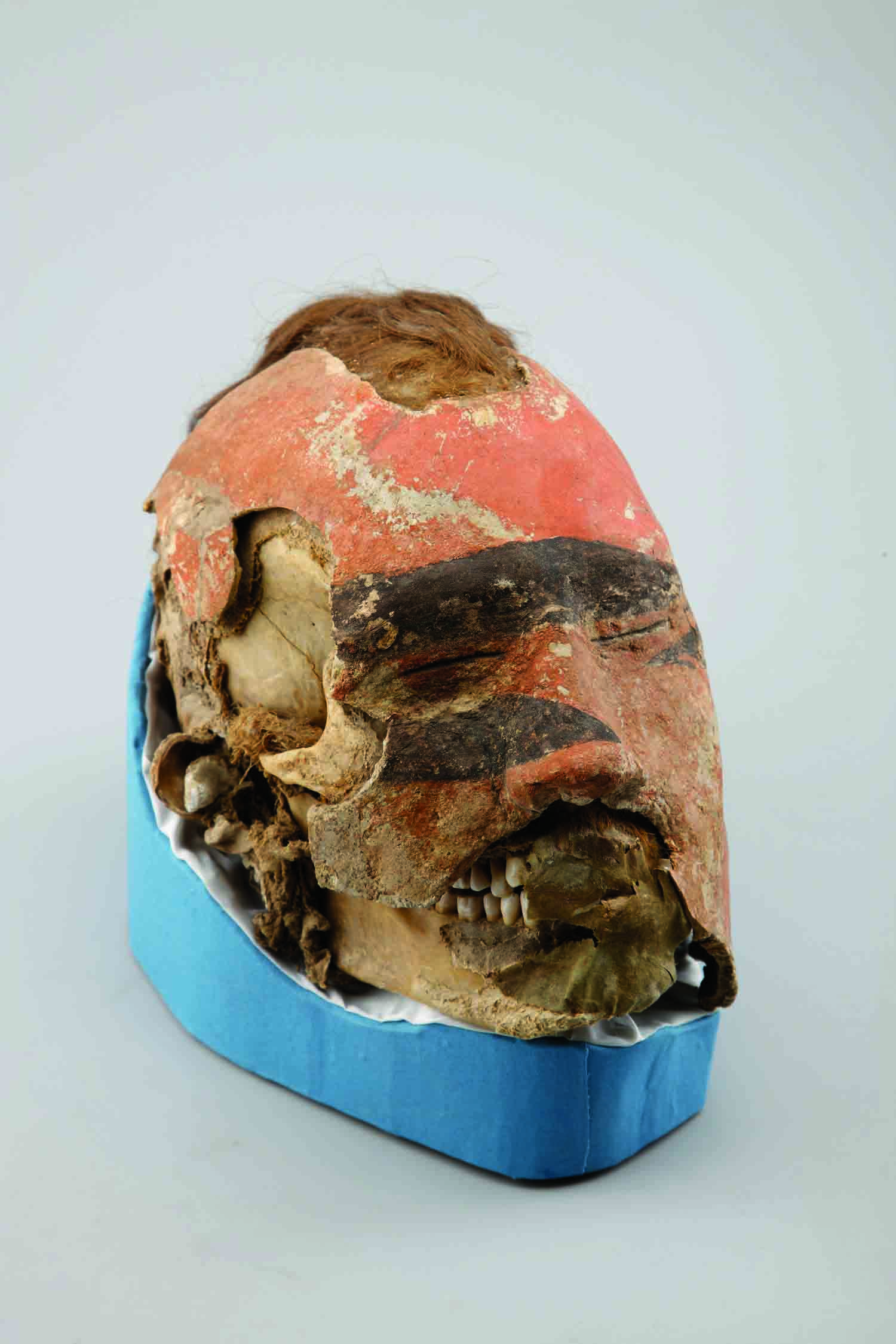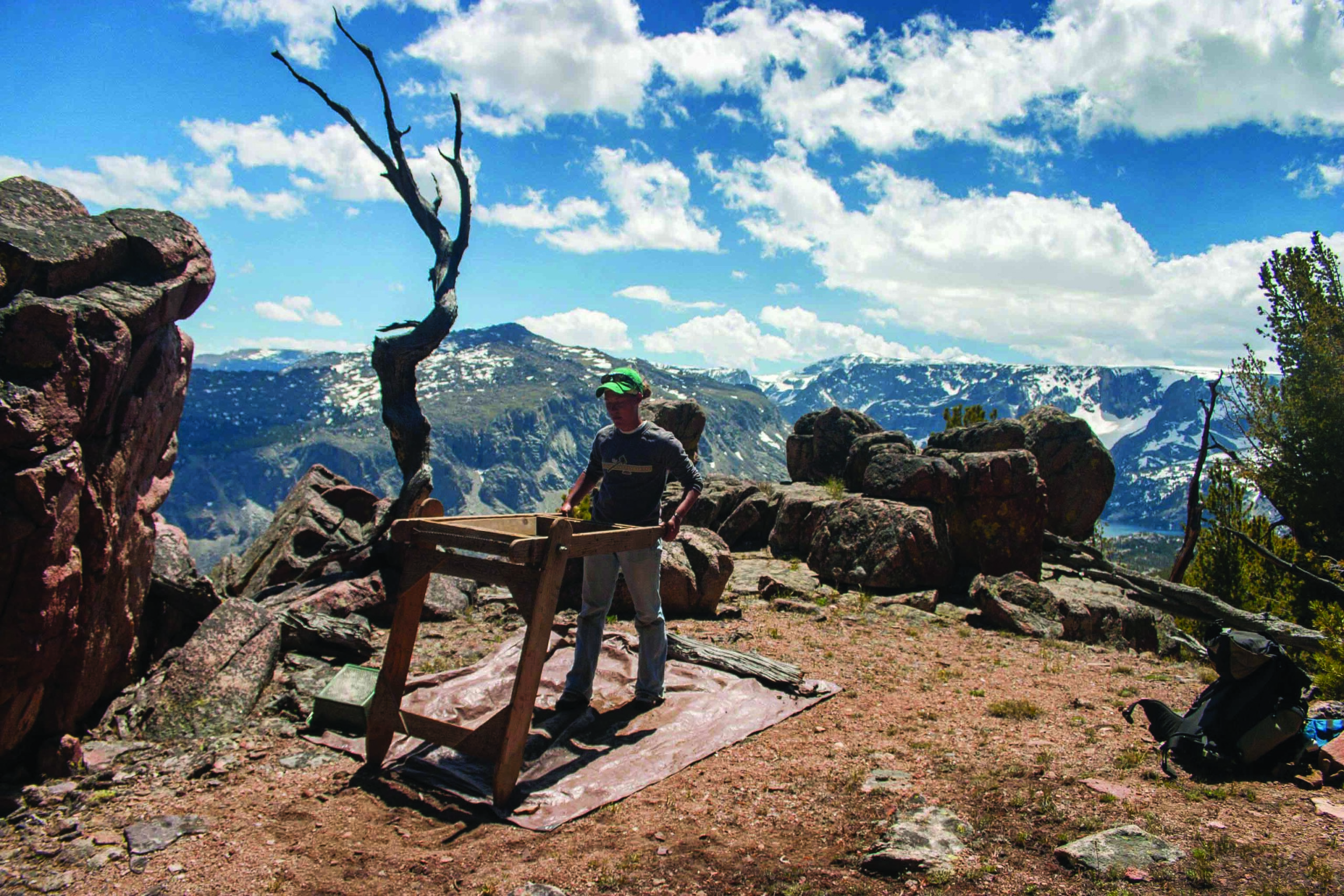
EDMONTON, CANADA—According to a statement released by the University of Alberta, archaeologist Robert Losey and his colleagues uncovered 2,000-year-old artifacts that may have been parts of reindeer harnesses at Ust’-Polui, a site in northern Siberia. The objects were identified by Indigenous Nenets reindeer herders who live in the area, which is located above the Arctic Circle, as headpieces used to train young reindeer to pull sleds. Barbs in the parts made them uncomfortable to wear, the Nenets herders explained, so that reindeer would learn to stop resisting the training. Barbed pieces would have then been replaced with simpler headgear for everyday wear, they added. It had been previously thought that reindeer were first domesticated in the eleventh century A.D. To read about Upper Paleolithic people who ate mammoth and fed reindeer meat to their dogs, go to "World Roundup: Czech Republic."










